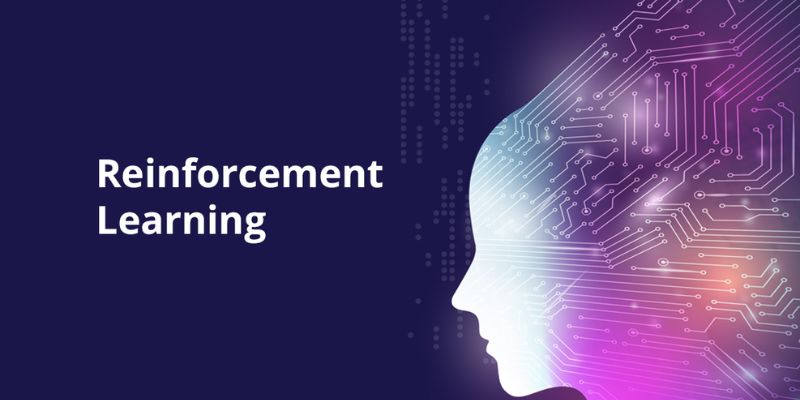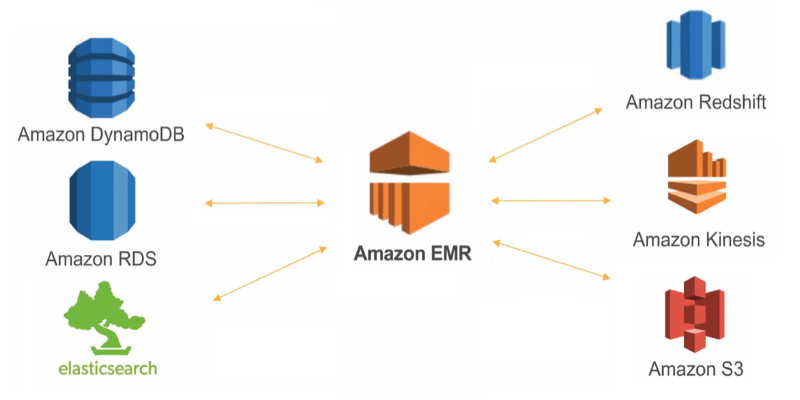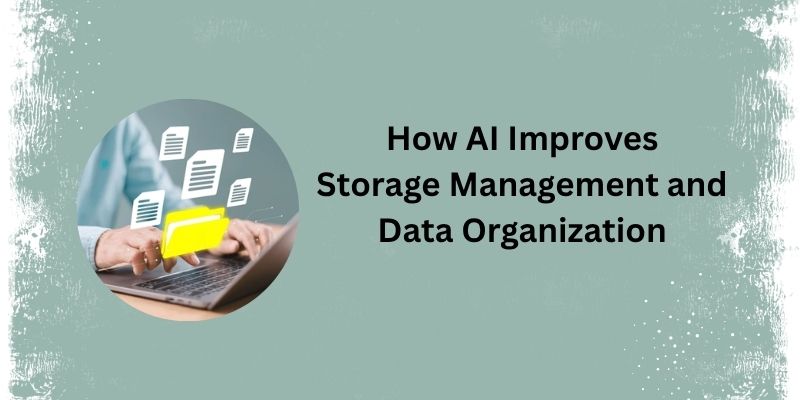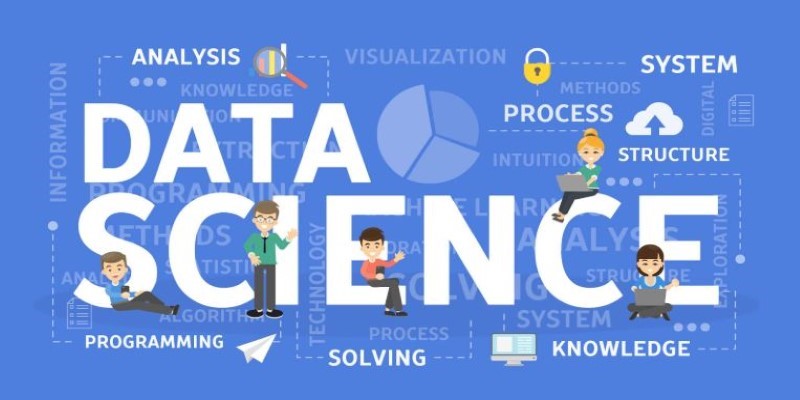Advertisement
Managing a large amount of data is much more challenging than it seems. Many IT teams struggle with issues like running out of space, slow data retrieval and time-consuming manual tasks. When other problems, like system slowdowns or security risks, pop up, it becomes another headache. That’s where AI comes in. AI analyzes huge volumes of data, spots issues, and even automates many tasks. But if you are wondering how we can use AI to manage storage, then don't worry! In this article, we will discuss how you can use AI in storage.

We get help from AI in storage management because AI has many helpful features that make storage management smarter and more reliable.
AI can handle everyday storage tasks like sorting files and making backups. All this without the help of any human. This saves time and cuts down on mistakes. Similarly, IT teams don’t have to spend hours doing the same things every day and can instead focus on more important work.
AI looks at how storage is being used and makes smart decisions. It keeps important files in fast storage. While older or less-used files are moved to cheaper storage options. This way, nothing is wasted, and companies save on storage costs.
AI can look at past data use and help guess how much space you’ll need in the future. That means no running out of space. And you can actually store what’s important. Also, AI is good at spotting a security threat and protects the data from certain harm. This keeps your data safe and sound without delay.
Managing data can be tricky, but AI helps by giving simple alerts and useful suggestions. Even when there’s a huge amount of data, AI makes it easier to keep everything running smoothly.
AI handles complex tasks automatically, which helps in organizing data effectively. It looks at how data is used, what kind of data it is, and where it should go. Here is an explanation of how AI helps organize data.
One of the first things AI does is automatically sort and label data. This is called automated data classification. To understand the content, AI uses smart tools like machine learning and language processing. So, the person does not need to look at each file and organize it manually. For example, it can tell if a file is confidential, public, or a financial record or a customer detail. It adds tags and metadata on its own, which helps search and find files more easily.
AI also helps by using intelligent data tiering. This means it analyzes how often certain files are used. Then, they are moved to the right type of storage. Files used often go to fast storage to be accessed quickly. Similarly, files that are rarely used are transferred to slower storage. So, you can quickly access important files.
Another useful way AI supports storage is through predictive analytics for planning. It looks at past patterns in how data is used. And predicts what will happen next. For example, it can tell when your storage space might run out. It can also suggest how much new space you’ll need. This helps you to prepare in advance. So, you don't run into problems or spend too much on storage that they don't need. It's a smart way to avoid waste and manage budgets better.
AI is also great at spotting problems early. It monitors storage systems all the time and looks for anything unusual. This could be sudden changes in data use, signs of hardware failure, or even possible security threats. AI sends alerts or takes action quickly in case anything goes wrong. This helps fix issues before they become serious.
AI helps manage the full life of data, from when it was first created to when it is no longer needed. It decides when to back up files and moves data to different storage levels when needed. It even deletes old or duplicate files to free up space. This keeps everything neat and organized and saves a lot of manual work.

Before starting with AI, it's important to understand what you're already working with. Take stock of your current storage systems. Like what hardware and software are in use, and what files you're storing. Are there problems like running out of space, security gaps, or things just being too slow? After analyzing these issues, you will figure out how AI can help.
AI needs solid and reliable data to do its job well. That means gathering data from all parts of your system, like your storage platforms, performance logs, monitoring tools, and network traffic, and putting it all together. Once that's done, clean it up. For example, remove errors, fix duplicates, and make sure everything is consistent.
There are a lot of AI platforms out there. So choose one that fits your needs and works well with your current setup. Look at their features and automation options. Then, decide which tool you would like to use.
Now it's time to train your AI system. This means feeding it past data like previous performance stats, capacity usage, or issues you've faced. So, it can learn patterns and start making smart predictions. Once your AI is trained, let it take over the tasks that take up your team's time, like planning storage space or backing things up.
Even the best AI won’t help much if your team doesn’t know how to use it. Give training sessions to your team on how to use it. And also, check regularly to see how it's performing and update it with new data.
AI is changing the way we do things. It makes things better and faster and helps us to manage time. The future of storage isn't about doing things the old way with more effort. It's about using intelligent systems that can learn from the past and make better decisions on their own. If you start using AI now, you'll be better prepared for whatever comes next. So, start using AI in storage today and organize your files.
Advertisement

DataRobot's Feature Discovery runs inside Snowflake, offering more secure and scalable machine learning feature engineering

Discover UiPath's latest update with smarter AI bots, easier bot design, improved integration, and powerful automation tools

Learn how artificial intelligence organizes random data, increases output, and drives efficiency throughout content management

Discover reinforcement learning key concepts, training AI through feedback, and machine learning with rewards in action here

How to generate and edit DALL·E 3 images step by step using the Copilot Image Creator. Discover how to turn text prompts into stunning visuals and make quick edits—all without design skills

Know what an AI accelerator is, how it works, and why it's vital for powering today's smart tech and intelligent systems

Discover VR’s present and future: gaming, therapy, training and metaverse integration. VR trends for 2030.

How the Python Global Interpreter Lock (GIL) works, how it affects threading and performance, and when Python multithreading is useful or limited

Looking to process massive datasets efficiently? Discover how AWS EMR offers scalable, flexible solutions for big data processing with minimal setup and cost

Learn how to create effective charts using ggplot in Python. This guide covers syntax, setup, and examples for powerful data visualization using the plotnine library

From sorting files to predicting storage needs, see how AI helps manage and optimize your data storage without any effort.

Explore the most reliable data science platforms in 2025. From notebooks to automated modeling, find the best tools for data science across all skill levels